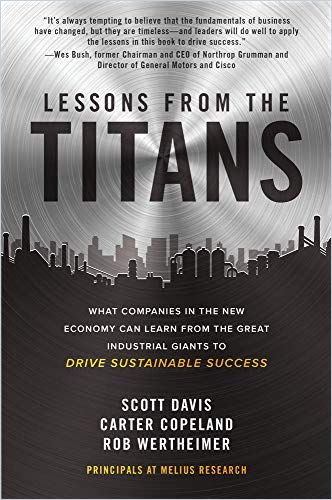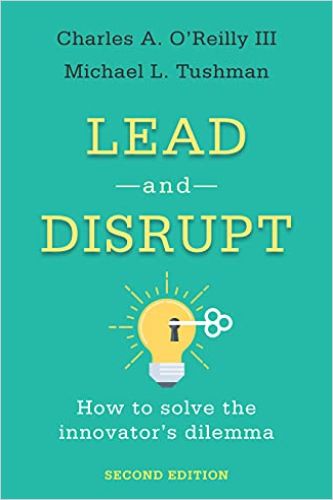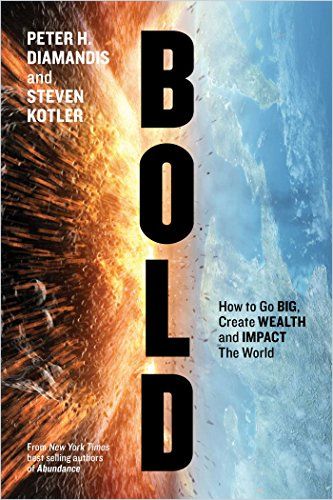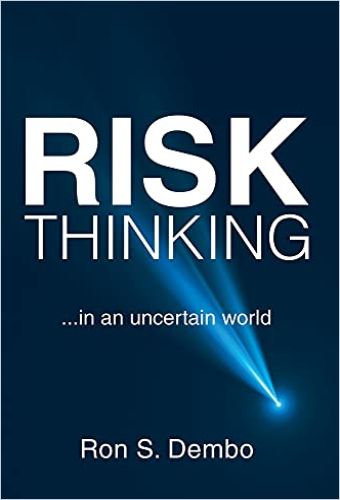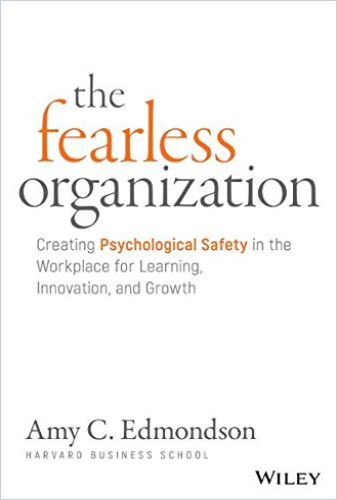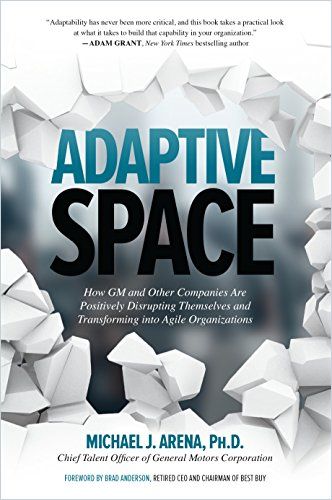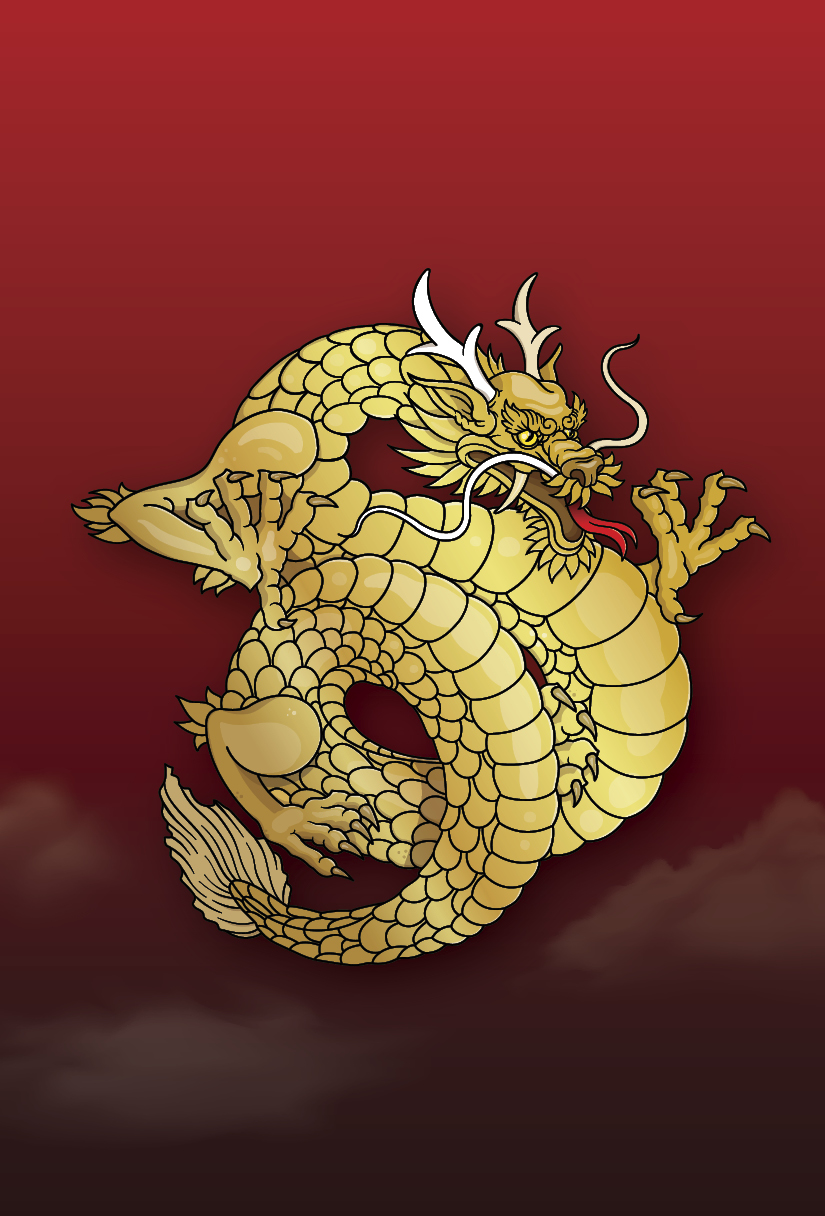Cautionary Tales from Companies That Squandered Their Market Lead

The Eastman Kodak company developed a digital camera in 1975, just at the birth of the personal computing explosion. Top executives decided to quash it, as they felt it would cannibalize its primary analog film processing business. As Paul B. Carroll and Chunka Mui write in Billion Dollar Lessons, Kodak’s 100 years of success made it complacent and myopic. An inflexible culture prevented it from developing a new business plan in the face of existential threat. The marketplace is littered with the carcasses of companies that made similar ill-fated decisions. Today’s aspiring market leaders should take heed and learn the lessons derived from how the mighty have fallen.
Change Comes for Everyone
Back in the days when cell phones resembled walkie-talkies or Star Trek communicators that flipped open, Finnish cell phone maker Nokia ruled the roost. In its run-up to world dominance, Nokia was widely perceived as a solid well-run company with a more than 140-year-old storied history. According to Dan Steinbock in The Nokia Revolution, the company, originally in timber, started its electronics division in 1967 through acquisition, but it didn’t show a profit for 17 years.
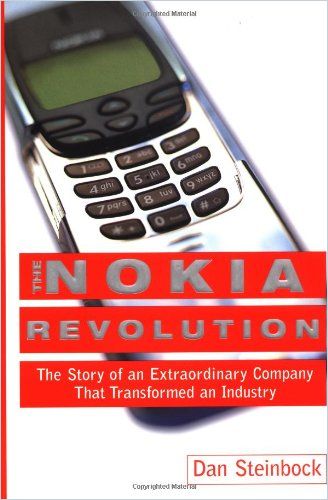
Throughout the 1970s and ’80s, Nokia established itself as a technology leader. In 1992, under CEO Jorma Ollila, Nokia focused on the mobile sector. The company’s first-mover status, commitment to quality and development of a smart, interconnected global company culture led to market dominance.
Like many brand name leaders such as Sony, Nike, Coca-Cola and Microsoft, Nokia invested significantly in building and maintaining its brand name worldwide, usually coupled with a common slogan – ‘Connecting People’ – for immediate global recognition.
Dan Steinbock
2007 marked the peak of Nokia’s market dominance, but also, ironically, the beginning of its downfall, as it was also the year Apple introduced its iPhone. In 2008, Nokia still accounted for more than 50% of global cell phones, but Apple’s iOS and Google’s newly introduced Android operating system for mobile were fast gobbling up market share. Six years later, Nokia’s market share stood at 3%. According to Aidan McCullen in Undisruptable, Nokia was so concerned with protecting its incumbent position it failed to innovate a touchscreen smartphone or find a way to market applications it developed.
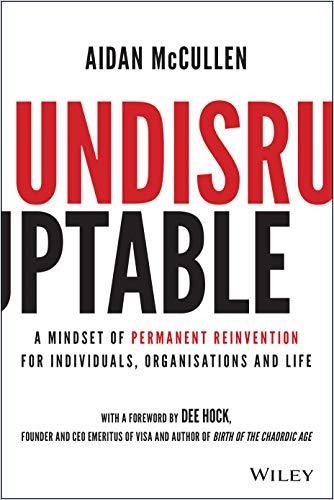
It’s human nature to be fearful of losing what you have, but by refusing to face the reality that today’s pace of change requires relentless reinvention, Nokia sealed its fate.
We can no longer wait until we reach a stall point in our life cycle to explore new possibilities.
Aiden McCullen
Often, as in Nokia’s case, the weight of the status quo overrides the pull of innovation. The only fix for that is to think more deeply about change. Incremental change may improve your offering with each new iteration, but transformational change is what revolutionizes industries. Think horse-drawn carriage to car, or Nokia cell phone to Apple iPhone. McCullen lays out the stages of a company’s growth over time and various vulnerabilities that arise in later stages.
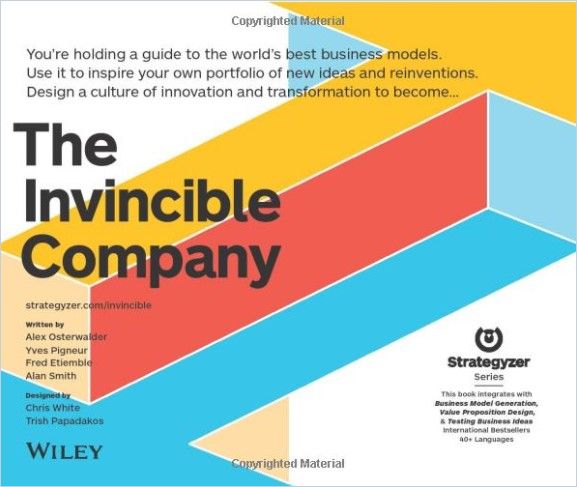
In The Invincible Company, Alan Smith, Alexander Otterwalder, Yves Pigneur and Fred Etiemble emphasize developing an “exploit” portfolio focused on improving existing offers, models and processes, and at the same time an “explore” portfolio to innovate for the future.
All Companies Are Tech Companies
In Meltdown, authors Chris Clearfield and Andras Tilcsik look at catastrophic failures in complex systems. They advise readers to simplify feedback and formalize decision-making within a framework that reduces human error.
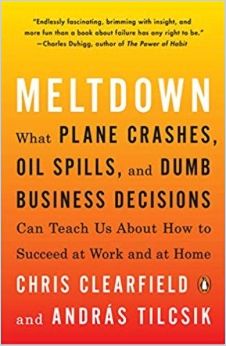
The authors drive home the fact that all businesses are now technology businesses – which inherently increases complexity – with the cautionary tale of Knight Capital. Stock trading company Knight Capital relied upon a high-volume digital trading system that in 2012 made a large number of erroneous trades. Because the company did not view itself as a tech company, it did not build an adequate failsafe environment for its digital processes. The error nearly bankrupted Knight Capital before it was acquired by a rival.
We are in a golden age of meltdowns. More and more of our systems are in the danger zone, but our ability to manage them hasn’t quite caught up.
Chris Clearfield and Andras Tilcsik
In Everybody Wants to Rule the World, “R” Ray Wang advises companies to start with a clear understanding of organizational purpose and values in order to figure out which data points matter most to keep track of.
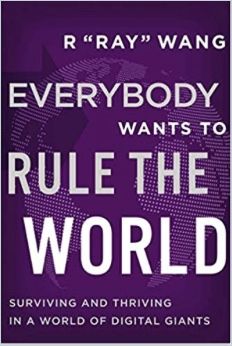
He tells the tale of how Pizza Hut went the way of the dinosaur when rival Domino’s bet on digital. The company built an online order business and used customer data to refine offers. This move drove shares prices up from $4 to $305 in a decade. Domino’s was top of the heap until Uber Eats and DoorDash came along, offering online-accessible delivery services from multiple local restaurants. By 2020, DoorDash was three times more valuable than Domino’s.
One hundred digital giants in 50 markets will emerge to play a dominant force across the globe, leading to a battle between two players in each market by geography, value chain and networked economy.
“R” Ray Wang
Another cautionary tale from Wang: Don’t be tempted by shortcuts! Toys R Us paid Amazon $50 million annually to sell toys on its platform, in the process giving Amazon its customer data. This enabled Amazon to move into the toy business and crush Toys R Us.
Culture Matters
According to former Nokia chair Risto Siilasmaa, part of the entrenched “Nokia Way” was to hide bad news and deflect responsibility. By contrast, Apple and Google promote cultures that are transparent and nimble. A learning culture promoting “radical candor” gave Netflix the edge it needed to prevail over video rental market leader Blockbuster.
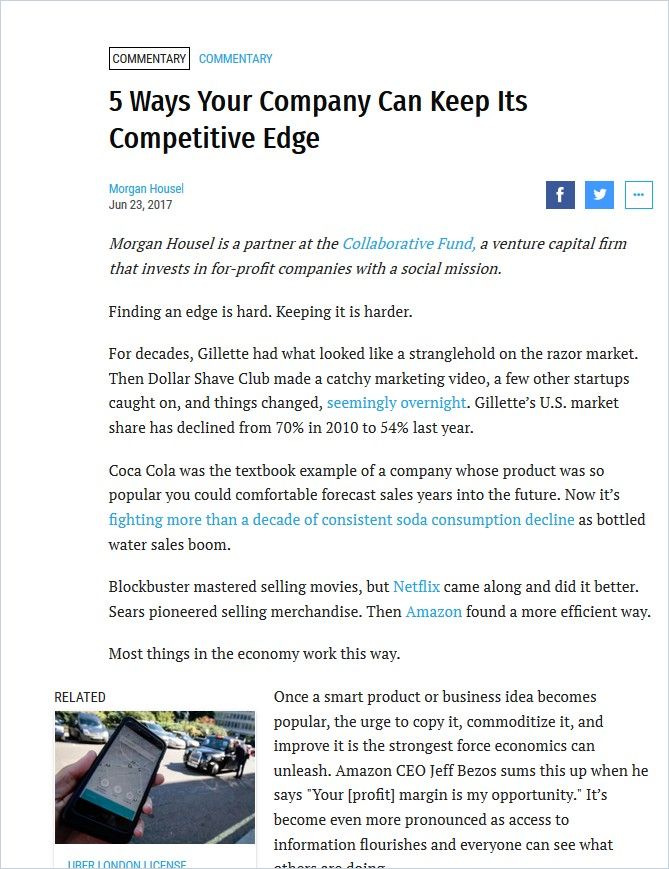
As journalist Morgan Housel describes in “5 Ways Your Company Can Keep Its Competitive Edge,” movie nights in the 1990s usually involved a trip to Blockbuster to rent a video. Back then, Blockbuster’s leadership was so sure of its market lead and the loyalty of its customers they brushed off a proposed partnership with upstart video subscription service Netflix.
Venture capitalist Marc Andreessen promotes the idea of ‘strong belief, weakly held’…Few things are more powerful than the combination of strongly believing in an idea (focus) but being willing to let go of it when it’s proven wrong or outdated (humility).”
Morgan Housel
In The Business Model Innovation Factory, Saul Kaplan delves into Netflix’s superior business strategy over Blockbuster, a cautionary reminder that what got you to the top won’t keep you at the top. While Blockbuster successfully transitioned from videotape to DVD rentals, it completely dropped the ball when it came to developing streaming alternatives and failed to recognize the threat of Netflix’s innovative subscriber model.
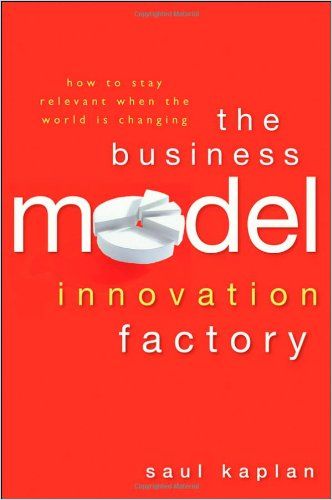
Blockbuster failed to realize that it was dealing with a company with, practically speaking, unlimited shelf space for content. Netflix mined its analytics to hone its customer service focus. Netflix’s first CEO Marc Randolph describes the company’s solid business model in That Will Never Work, his memoir of the company’s beginnings. When Blockbuster CEO John Antioco laughed at Randolph and co-founder Reed Hasting’s offer to sell Netflix to him for $50 million, they decided to beat the franchise in the marketplace. To do so, they had to tighten their belts and continue to innovate around their shortcomings while also building a streaming service.
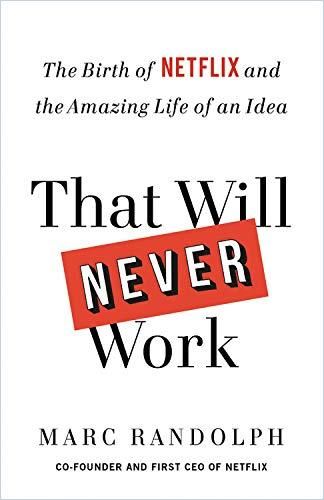
None of this would have happened rapidly enough to make a difference were it not for Netflix’s famous emphasis on culture, which has no official rules – employees can take off when needed, for instance – but which demands accountability from all workers. The idea is to work in an environment without constraints where innovation can take the company anywhere.
It’s all open to evolution. None of it is golden tablets. We’re constantly trying to improve the culture.
Reed Hastings
Netflix depends on continuous, no-holds-barred feedback from top to bottom. It pays talent top wages, but retains only “star performers.” In “Designing a Culture of Reinvention,” Hastings talks about creating the fertile conditions for innovation and creativity. Find out more about creating these conditions in your company in this Journal interview with Michelle Holliday:
See Around Corners
Author Amit S. Mukherjee writes in The Spider’s Strategy about the interconnectedness of modern business and a positive story about Nokia’s ability to respond to challenges in its heyday. In 2000, a Philips Electronics plant in New Mexico suffered a fire that damaged its inventory of mobile phone chips, chips that Nokia, as well as its archrival Ericsson, depended upon.
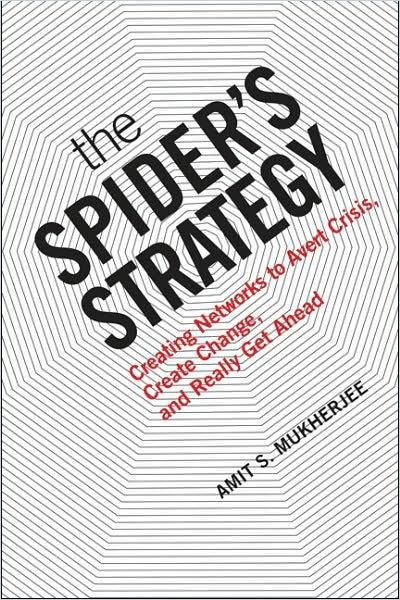
While Ericsson took Philips’ word that production would be back online within a week, Nokia did not. Instead, it moved fast to locate alternative sources while also helping Philips fix its problem faster. In the end, during the third quarter of 2000, Nokia market share went up to 30% while Ericsson’s declined 3% with a loss of $200 million. Over the next years, Ericsson was crippled. Nokia had had the systems in place to respond proactively. Author Yossi Sheffi adds in The Resilient Enterprise that Nokia’s culture had an action bias to respond rapidly to potential disruptions.
Companies stumble when their planning and execution processes cannot match the pace with which changes propagate in a networked world.
Amit S. Mukherjee
This ability to see around corners helped Nokia get to the top of its market, but ultimately fell short in crucial ways. A “chief network officer” can help companies keep track of supply chain networks and develop contingencies in case of disruption.

Risto Siilasmaa, chairman of Nokia in 2012 as it faced the prospect of bankruptcy, writes in Transforming Nokia about how his “paranoid optimism” strategic framework helped pull the company back from the brink of disaster. When leaders imagine and prepare for the most negative scenarios, they cultivate the habit of constant vigilance. When leaders are optimistic, it’s because they’ve already evaluated the worst that can happen. Under Siilasmaa’s leadership, Nokia sold its Devices & Services division to Microsoft (one of many savvy moves by Microsoft to make up for its own slow response to digital disruptors) and focused Nokia on building broadband and telecommunications equipment and services to “connect the world.” He offers this additional advice:
- Break problems into their component parts and solve each one systematically.
- Practice doing the right things correctly to improve your luck.
- Above all, invoke the Finnish trait of sisu, persistence.
Over the course of a year, we each have 365 daily opportunities to boost the possibility of a positive scenario.
Risto Siilasmaa
You Still Need a Killer Product
In Fish Can’t See Water, authors Kai Hammerich and Richard D. Lewis blamed increasing complexity for Nokia’s woes. As its cell phone business grew, Nokia marketed 100 different models to 150 countries and juggled 500 separate network operators.
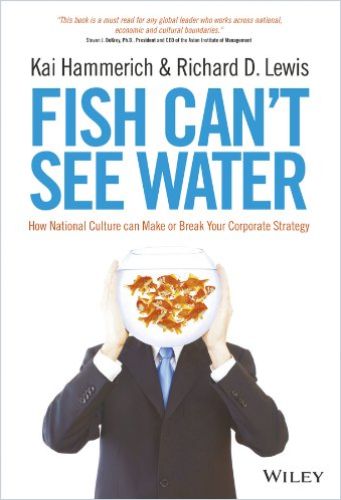
The company’s market lead made it arrogant and insular. Both vendors and customers complained it was unresponsive. Apple introduced the iPhone with the question “Why have 100 different models when you can have one insanely good one?” The bottom line was, it had a better product.
In the early days of enterprise websites, upstart Google challenged Yahoo’s dominance of the space by offering email and file-sharing services for free, services Yahoo charged for. While Yahoo still grew into an internet juggernaut, it never again surpassed Google’s lead. It missed an opportunity to cash out when it said no to Microsoft’s offer to buy it for $45 billion in 2008. Verizon bought Yahoo’s core business for $4.83 billion in 2016. Still, as journalist Justin Choi points out, “Google Isn’t Safe from Yahoo’s Fate.”
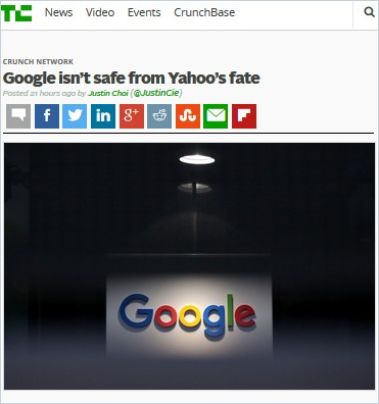
While other companies like Facebook are focusing audience engagement techniques on “apps and feeds,” Google remains focused on “browsers and websites.” Google relies on search, where customers already know what they’re looking for, while Facebook cultivates discovery. Facebook is now the main source of traffic for content providers. As users rely more on mobile they prefer viewing curated feeds rather than websites. Only by taking steps to restructure its digital ad business will Google stay relevant as new trends emerge.
Read more to avoid market failures:

